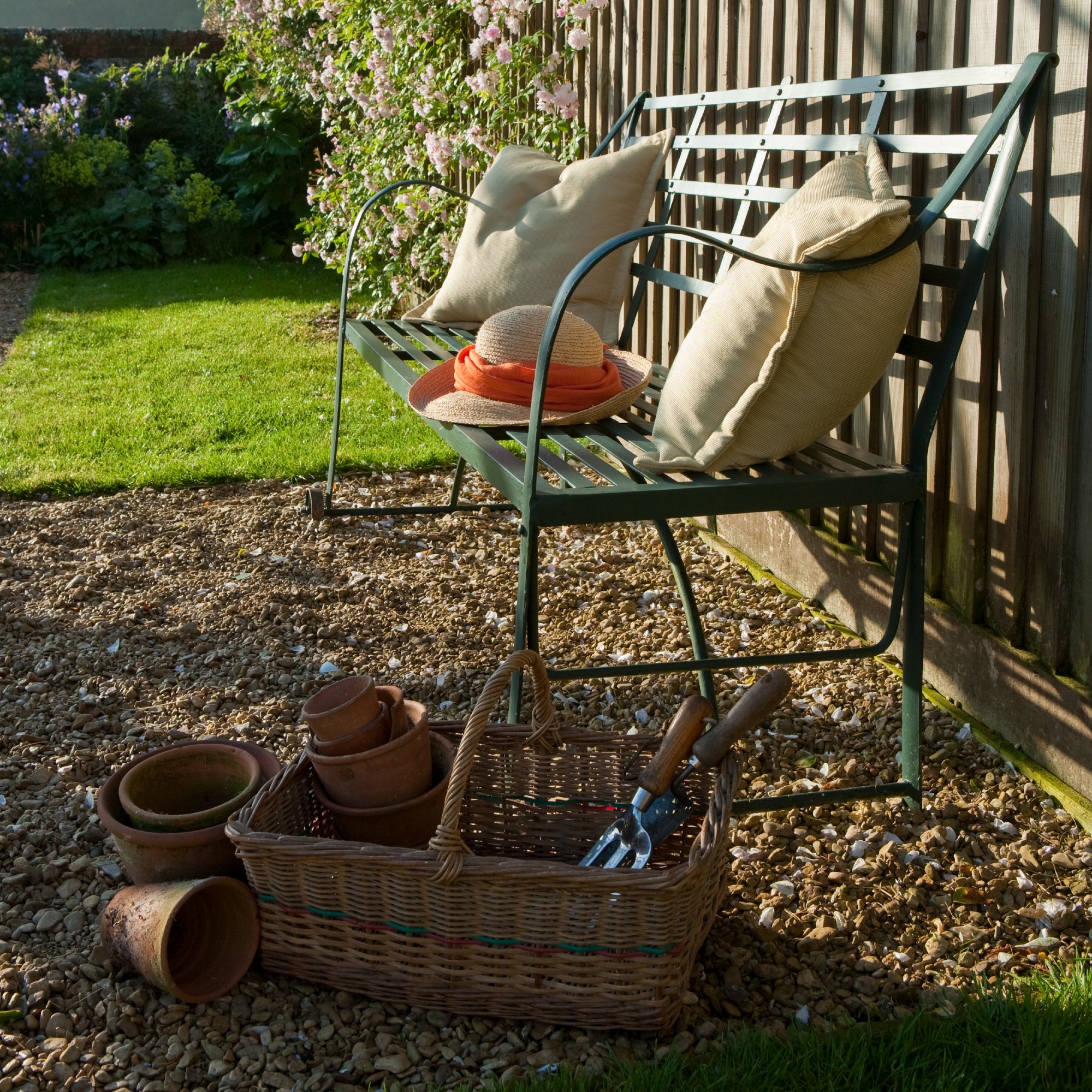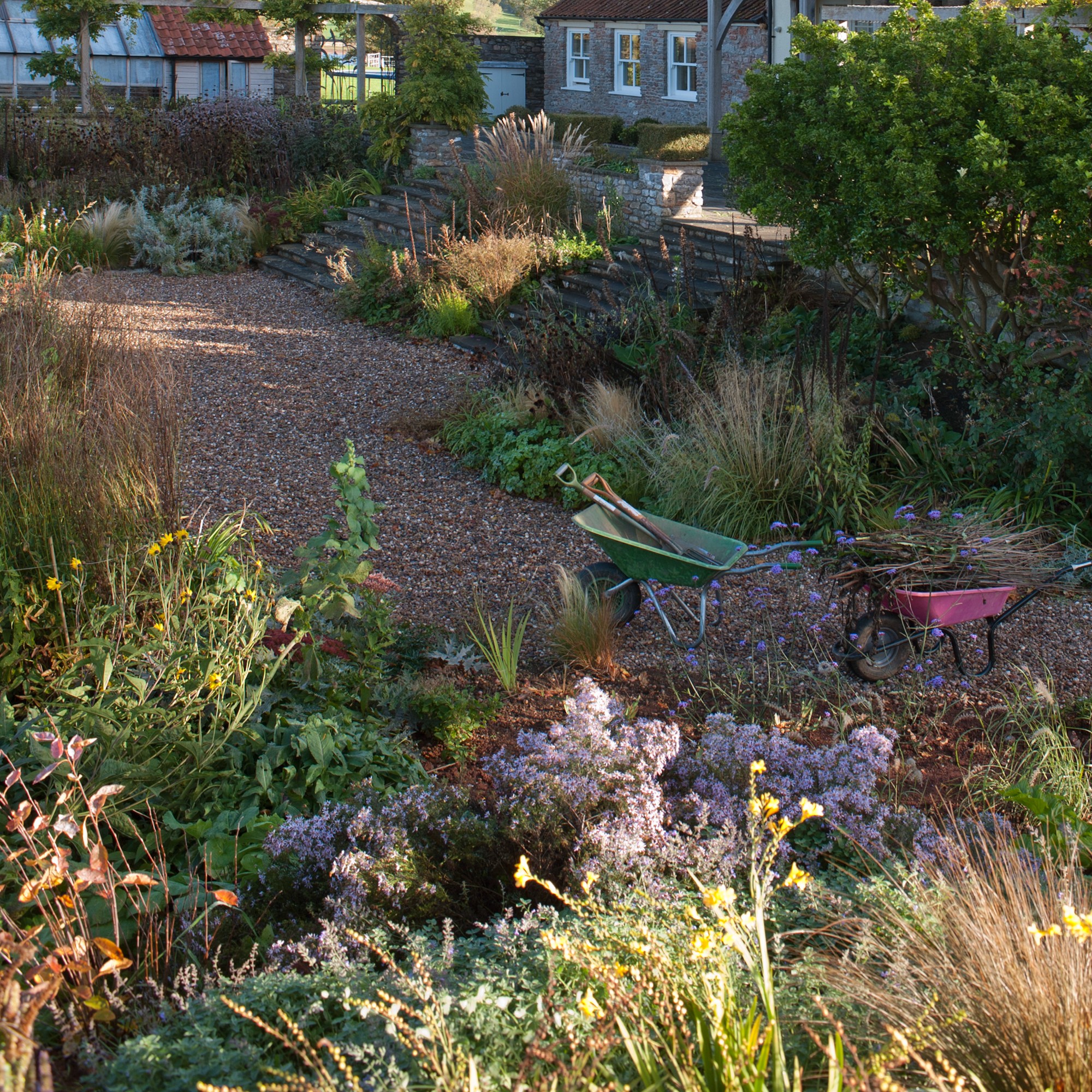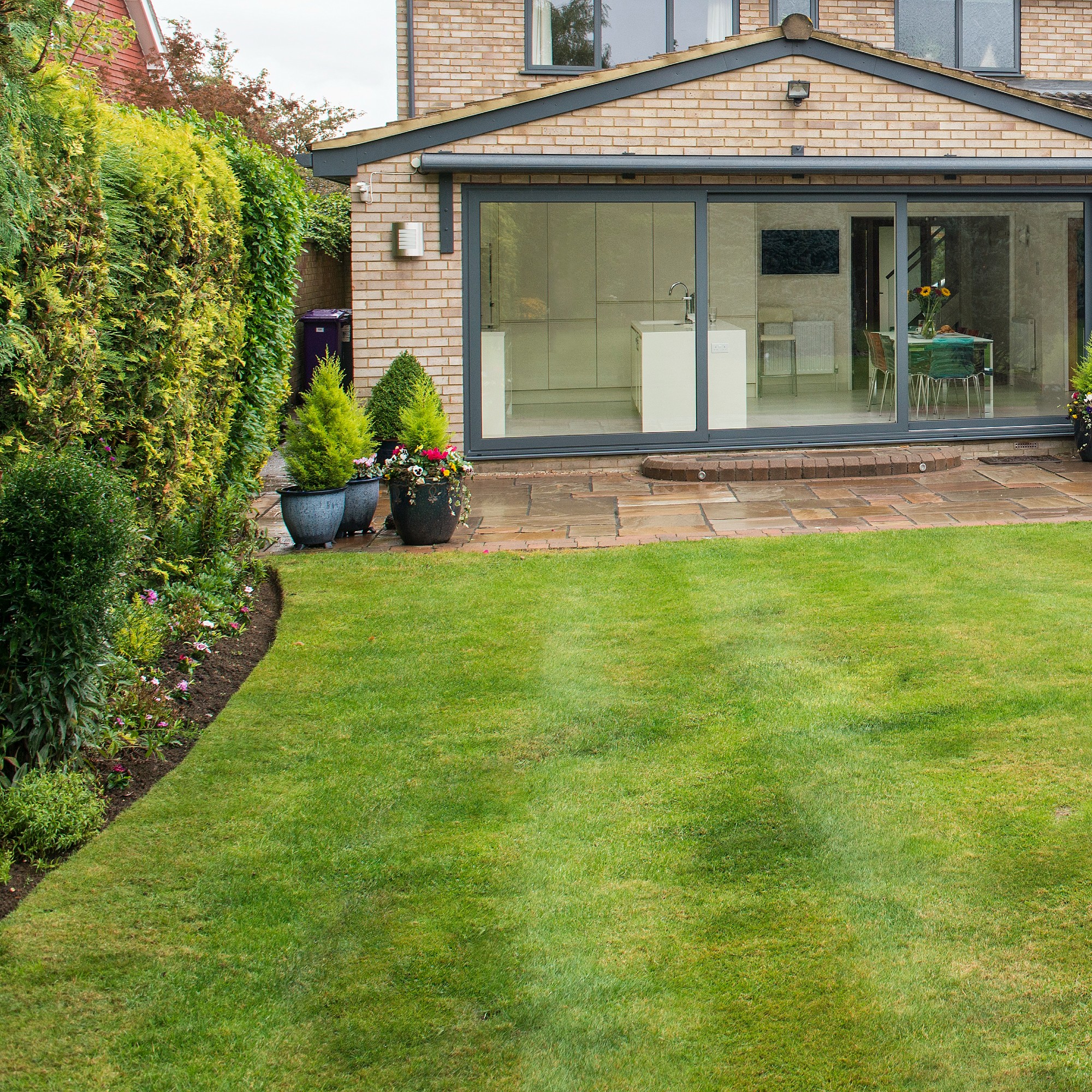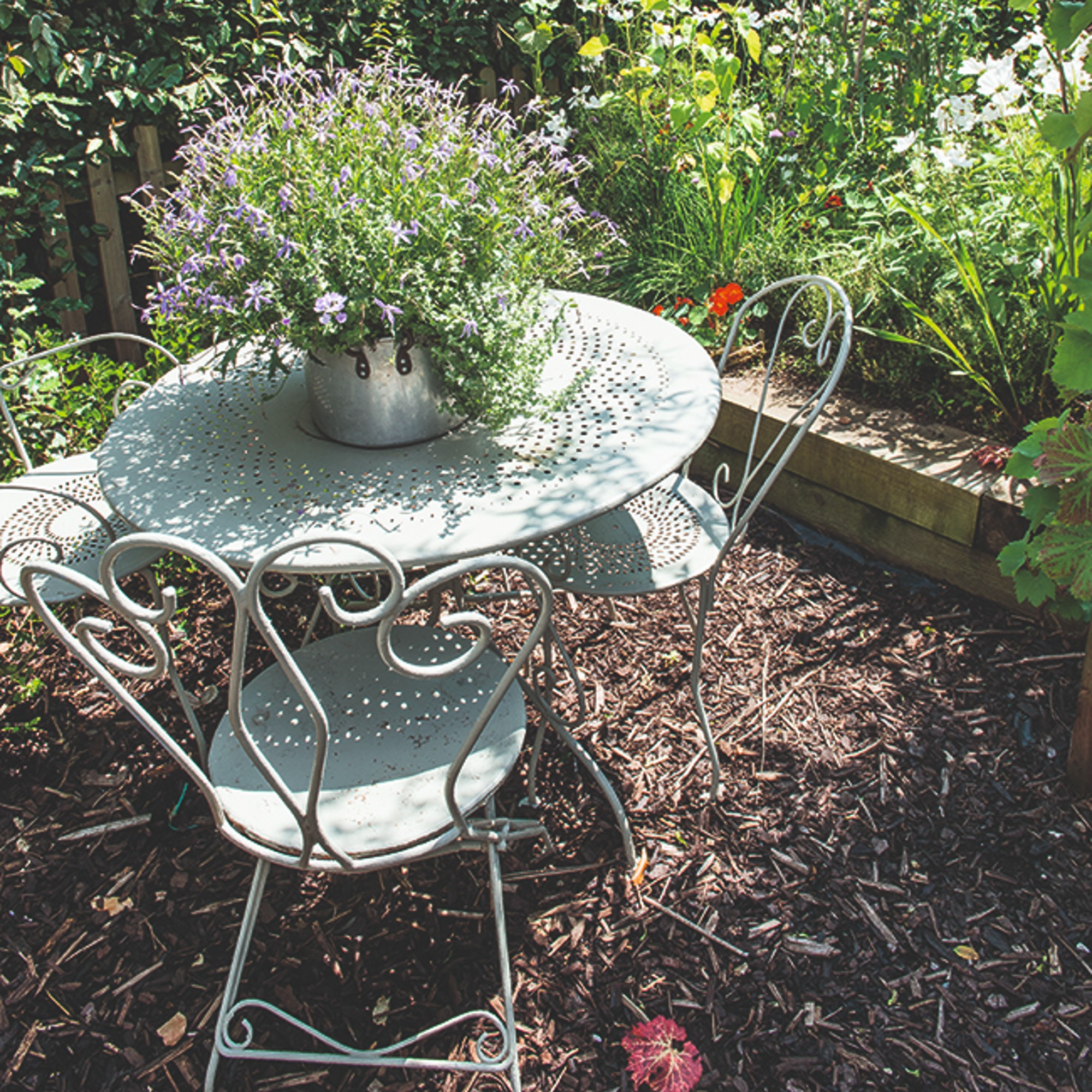
When talking about how to plant and how to grow plants in the garden, one of the things that comes up repeatedly is the importance of your soil’s level of acidity. And that level is measured in pH. Learning how to test your soil’s pH or find out how acidic your soil is easy as there are a few tools you can use.
It's a good idea to perform one of these checks before deciding what to plant in your garden this April. This is because different plants and crops prefer different types of soil, some like acidic soil while others like alkaline at the opposite end of the spectrum.
Our gardening experts will explain everything you need to know about testing your soil’s acidity below. You’ll be measuring its pH like a pro in no time.

How to test your soil pH
Ultimately, what soil acers like will differ from something like lavender or lilac as acers like slightly acidic soil, while the latter two prefer alkaline soil.
‘The soil pH or soil reaction is an indication of the acidity or alkalinity of the soil, which is measured in pH units,’ says Petar Ivanov, gardening expert at Fantastic Gardeners. ‘The pH scale goes from zero up to fourteen, with pH seven being the neutral point.’
Steve Chilton, garden expert at LeisureBench, continues to explain why it’s important to know your soil’s pH. ‘It affects how nutrients are effective with your plants. Different plants thrive in different pH levels, so if you can understand the pH of your soil then you can treat your garden accordingly to ensure your plants are getting the nutrients and care that they need in order to grow healthy and strong - an alkaline soil for an acid loving plant can cause ill health of the plant and lack of germination.’
And this is what you can use in order to find out what type of soil you’re working with in your garden so that you can sow your seeds and plant your plants successfully.

1. Soil pH metre
Soil pH metre is a small device equipped with a probe to stick into the soil and a display on top that’s either digital or in a scale form, depending on your preference, which shows the pH. They’re accurate and affordable with prices ranging from £10 to £15 in most garden centres or online at retailers like Amazon.
‘The metre works like a temperature probe. This will allow you to work out whether the soil is acidic, alkaline or neutral, and then you can treat it accordingly,’ Steve says.

2. Soil pH test kit
A soil pH kit usually comes with a set of strips that change colour depending on the pH of the soil. And just like the metre, it is very easy to use.
‘Dig 10 to 15 centimetres into the soil using a trowel to get in. Then place 3 teaspoons of the soil in a clean glass. After that, pour in distilled water to agitate the soil. Finally, drain the sample and use the pH test strip,’ Petar explains.

3. Baking soda and vinegar
Similarly to how effective natural cleaning hacks are, you can too test your soil with a homemade method using common household items. In this case, baking soda and distilled vinegar.
‘Take two glasses and put a sample of your soil in it. Then add some distilled vinegar until you make a thick-ish mixture. If it bubbles, you likely have alkaline soil. In the other glass, add baking soda to a sample of your soil. If the baking soda mixture bubbles, then you probably have acidic soil. If nothing happens, then you likely have neutral soil,’ Steve says.
The only downside of this technique is that it’s not 100% reliable and conclusive so you might have to invest in one of the other two even if performing this check, Steve warns.
‘This is a good way to test, but the pH testing kits are generally much more reliable, so if your results are inconclusive with the home testing method, always get a pH test kit,’ he advises.
Shopping list
Knowledge is power, they say. And just like that, you are all the more powerful when it comes to your garden’s soil and what to plant in it.







